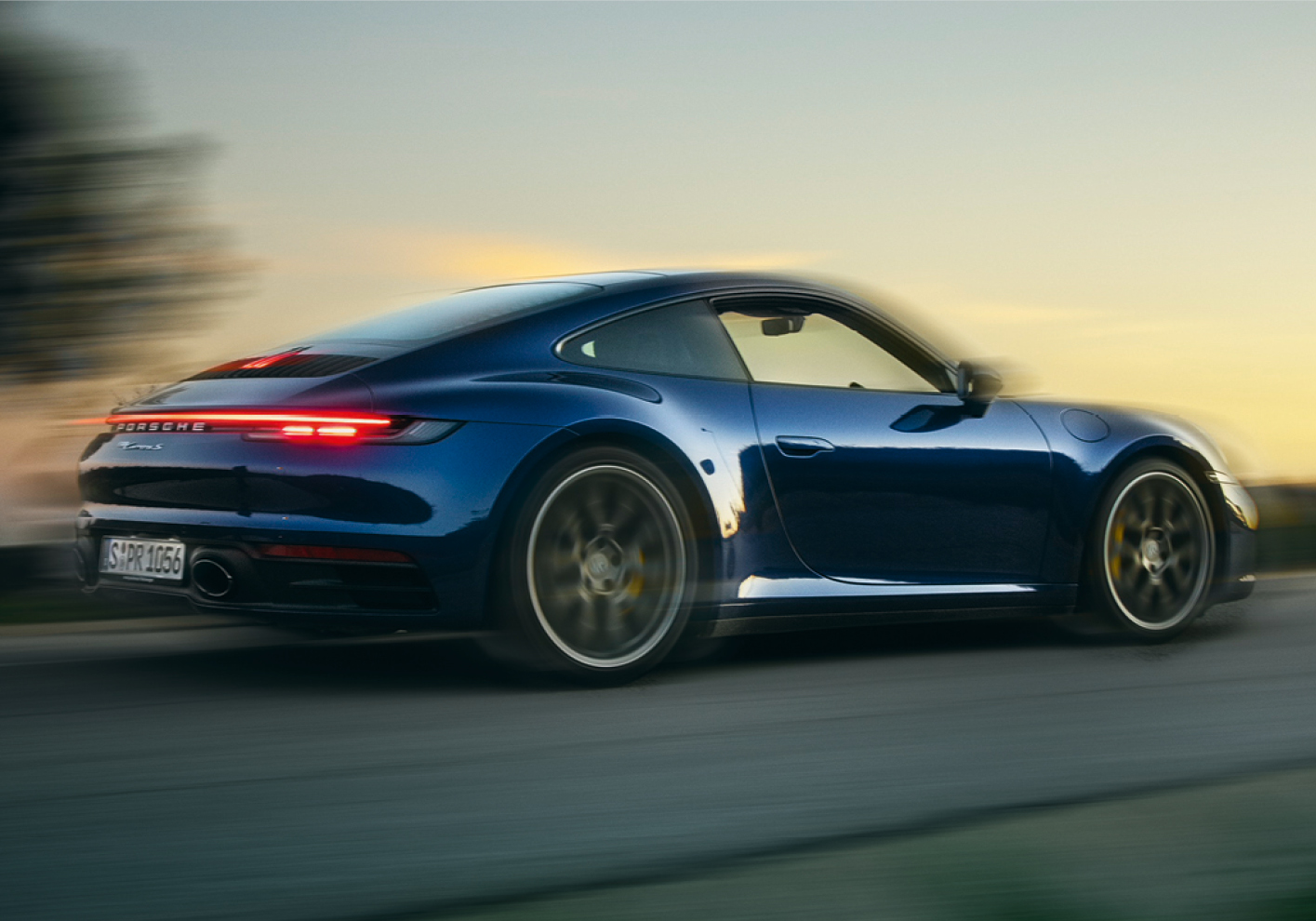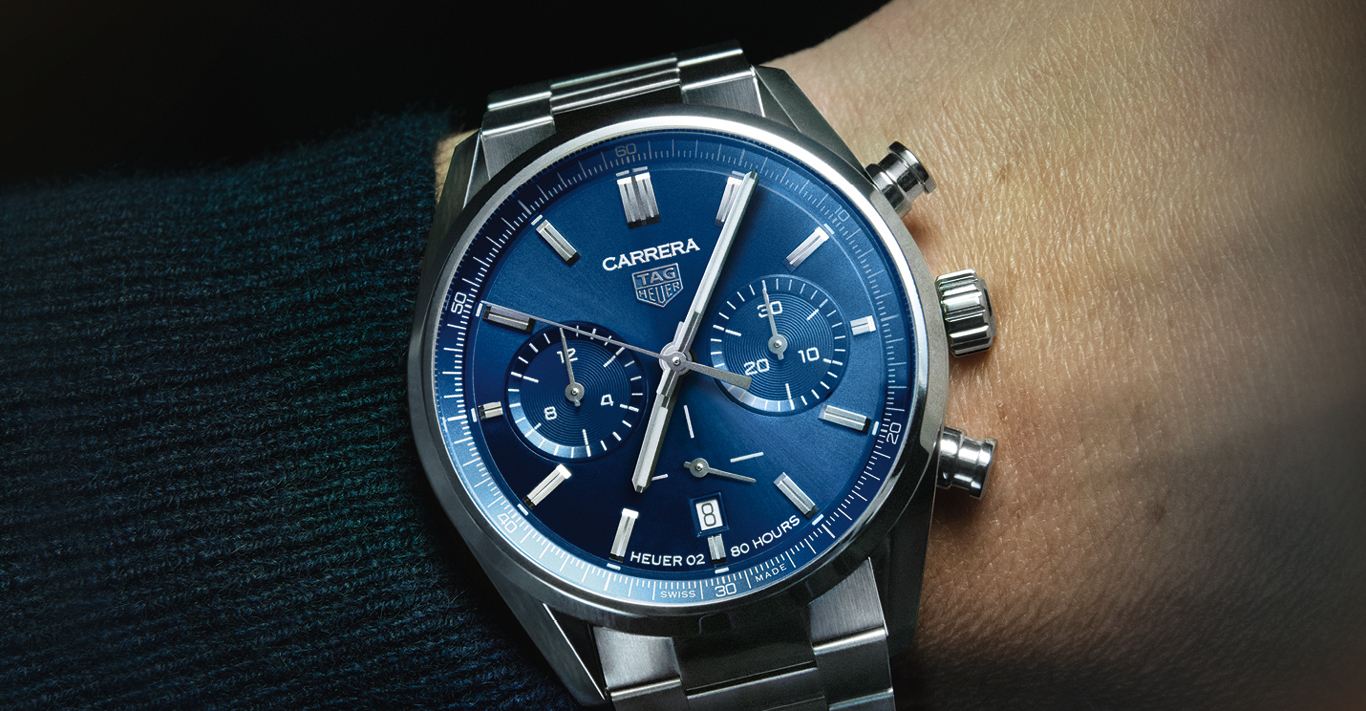WORDS
Jason Barlow
In 1962, watch designer Jack Heuer loaned a dozen of his pocket chronographs to the Sports Car Club of America (SCCA), the organisers of the Sebring 12 Hours endurance race in Florida. This was back when racing still rivalled F1 in terms of the machinery and the men who campaigned it on those dusty decommissioned air force bases.
That same weekend at Sebring, Heuer became acquainted with the parents of two young Mexican brothers, already lighting up the racing scene, who told him about the infamous 1,933-mile Carrera-Panamericana road race that had been run in Mexico between 1950 and 1954. Ferrari and Porsche would burnish their still young brands in combat there.
‘The Rodriguez brothers were racing with Ferrari,’ says Heuer. ‘Pedro and Ricardo were two of the fastest, smartest and bravest endurance drivers ever. To hear them talk of the Carrera made my imagination soar. Just the sound of the name itself, elegant, dynamic, easily pronounced in all languages, was charged with emotion. I thought, that’s a good name for a watch.’
He registered it immediately upon his return home and, the following year, Heuer parlayed his love of modernist design into the first Carrera watch. A newly developed steel tension ring under the watch’s crystal case improved its water resistance, which in turn meant that the surface of the dial could be refreshingly uncluttered. He had created a modern classic.

Since then TAG Heuer has cemented its relationship with motorsports through an association with Ferrari in the 1970s, the McLaren F1 team, which introduced Alain Prost, Ayrton Senna and Jenson Button to the brand, and more recently, the Aston Martin Red Bull Racing F1 team, with its drivers Max Verstappen and Alex Albon. And, of course, through Steve McQueen’s wearing of a TAG Heuer chronograph in the 1971 film Le Mans, in which he modelled his character Michael Delaney on real-life Swiss driver “Smokin” Jo Siffert, an early ambassador for the firm who wore Heuer-branded overalls.
The Carrera’s inspired name (also adopted by Porsche), clearly defined aesthetic and the motorsport authenticity that envelops the brand, has served TAG Heuer spectacularly well over the years. Now, to mark the brand’s 160th anniversary, four new 42mm versions have been announced that strip back the design by removing the tachymeter for an elegant effect. The stainless-steel bezel remains as a reference to the 1963 original, with a choice of opaline black, sunray brushed blue, anthracite and silver on the main dial, push buttons, and “azurage” sub dials at three o’clock and nine o’clock. The brand’s Calibre Heuer 02 movement provides the Carrera’s heartbeat, visible through the transparent caseback: it consists of 168 components, and has an 80-hour power reserve. The new models come on either a steel bracelet or alligator leather strap.
The Carrera’s allure is as potent as ever. It’s what appeals to brand ambassador, actor, racing driver and Porsche race team owner Patrick Dempsey. ‘In racing, success is tangible. Either you’re fast or you’re not,’ he tells me. ‘How do you quantify success in Hollywood? There are so many things that are out of your control as an actor. Behind the wheel, you’re in control of your own destiny. It’s a leveller.’




